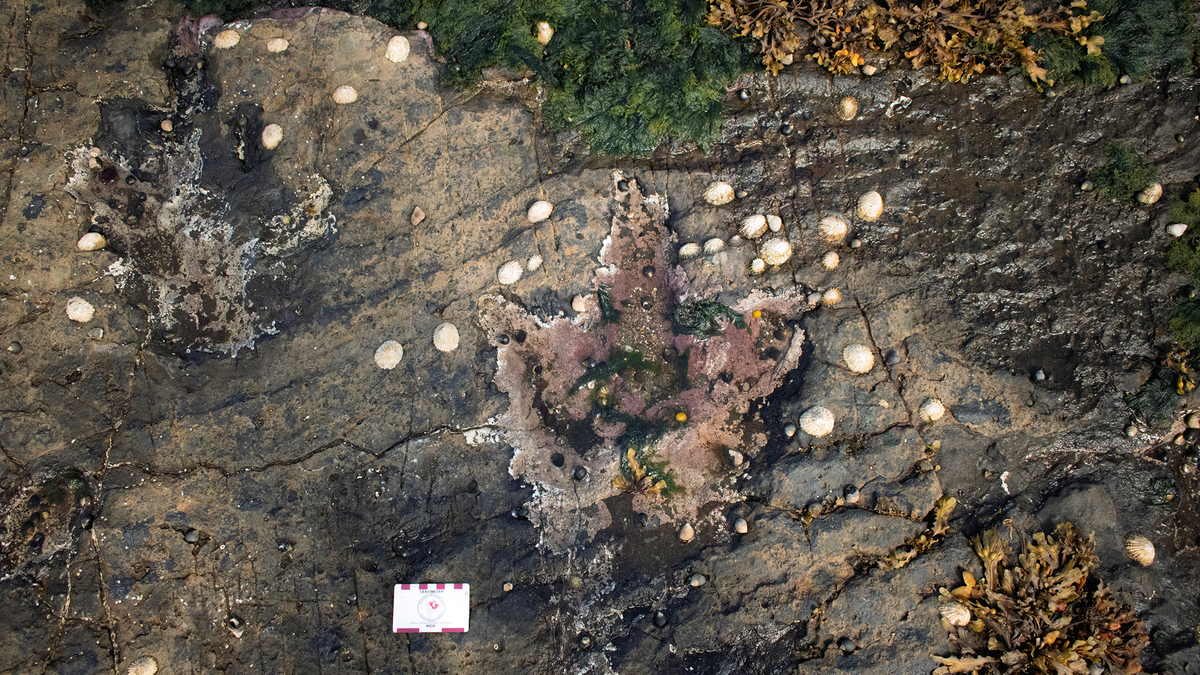Now Reading: Super-Rich Acquiring T. Rex Fossils Hindering Scientific Research
-
01
Super-Rich Acquiring T. Rex Fossils Hindering Scientific Research
Super-Rich Acquiring T. Rex Fossils Hindering Scientific Research

Speedy Summary
- A new study reveals fewer T. rex fossils are available for scientific research as wealthy individuals purchase them for private collections.
- Near-complete Tyrannosaurus rex skeletons sell at high-end auctions, sometimes fetching tens of millions of dollars.
- thomas Carr, a paleontologist, found there are now more scientifically valuable T. rex specimens in private ownership (71) than in public museums (61), including 14 juvenile fossils.
- The lack of accessibility to juvenile T. rex specimens substantially impacts understanding the species’ early growth stages and development.
- Commercial companies discover twice as many T. rex fossils as public museums; however, only 11% of commercially sourced fossils end up in public trusts.
- The luxury fossil market includes other species, with the most expensive dinosaur sold being a stegosaurus for $44.6 million in 2024.
- Researchers have mixed views on this trend: some are deeply concerned about the loss to science while others see less potential for intervention.
Indian Opinion Analysis
The phenomenon of privatization within paleontology raises key concerns regarding access to scientific data globally and indirectly relates to India’s own challenges with heritage preservation and high-value trades involving artifacts or relics.For India – which has historically struggled with smuggling and illegal sale of cultural items – this presents an opportunity to reflect on how global-commercial interests disrupt academic progress and preservation efforts.
While dinosaur fossils may seem a distant concern from India’s immediate priorities, parallels exist since rare historical items often find themselves bound by international trade markets rather than invested into educational or cultural institutions where they can benefit society-at-large.Advocacy towards stricter oversight or regulations on such high-stakes trades could resonate globally, adding momentum toward broader ethical considerations relating not only paleontology but also archeology closer home.























